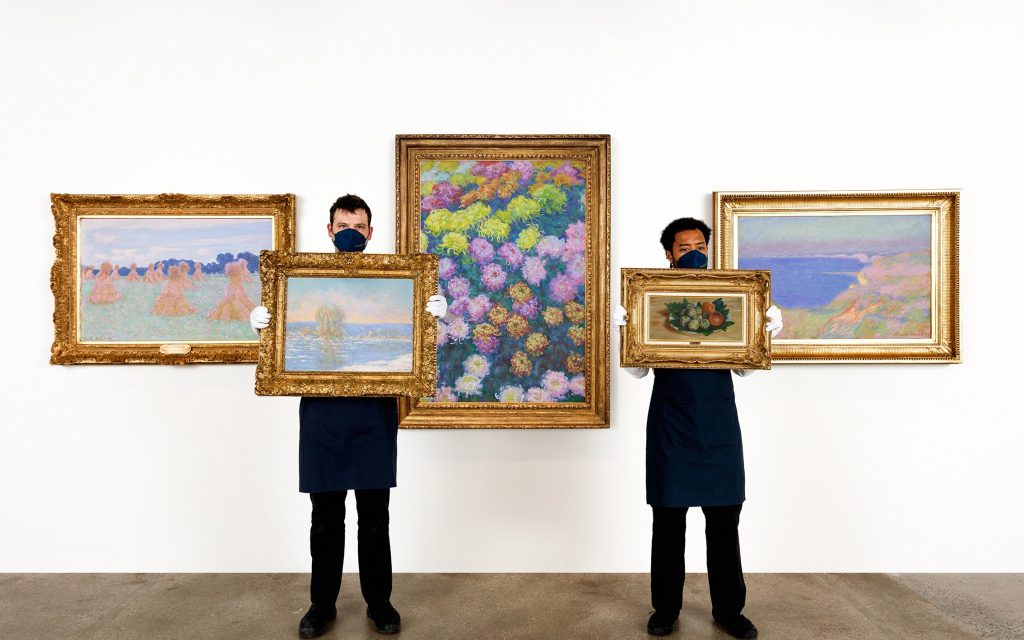Introduction
In a shocking case of art theft and forgery, a former museum employee in Munich has been found guilty of replacing valuable paintings with fakes and subsequently auctioning off the originals. The incident has sent shockwaves through the art world and resulted in a prison sentence for the perpetrator.
Guilty Verdict and Sentencing
The Munich District Court has delivered a guilty verdict in the case of a 30-year-old museum employee who orchestrated an elaborate scheme to steal and profit from valuable artworks. The defendant has been convicted of three completed cases and one attempted case of illegally selling cultural property. As a result, he has been sentenced to a suspended prison term of one year and nine months.
Confiscation of Ill-Gotten Gains
In addition to the prison sentence, the court has ordered the confiscation of over €60,000 ($63,500) in compensation from the defendant. This substantial sum reflects the proceeds he obtained from auctioning off the stolen artworks.
The Stolen Artworks
The defendant, who worked as a technical employee at the museum from May 2016 to April 2018, had access to the storage room where valuable paintings were kept. During this period, he replaced several significant artworks with forgeries. Notable among these was “Das Märchen vom Froschkönig” (The Fairy Tale of the Frog King) by Franz von Stuck, which he substituted with a counterfeit.
Deception and Auction
The defendant cunningly claimed that the stolen painting had belonged to his great-grandparents or grandparents, which he used as a cover story when offering the original artwork for auction at a Munich auction house. Astonishingly, the forgery fetched a price of €70,000 ($74,000) and was sold to a gallery in Switzerland, leaving the defendant with €49,127.40 in cash after accounting for auction expenses.
Additional Stolen Artworks
In addition to the Frog King forgery, the defendant also stole two other paintings from the museum’s storage: “Die Weinprüfung” (Tasting the Wine) by Eduard von Grützner and “Zwei Mädchen beim Holzsammeln im Gebirge” (Two Girls Gathering Wood in the Mountains) by Franz von Defregger. These stolen artworks collectively earned him around €12,000.
Funding a Luxury Lifestyle
The defendant amassed a total of €60,617 from the sale of these stolen artworks. He subsequently utilised the illicit funds to pay off debts and finance a lavish lifestyle. Among his extravagant purchases were a new flat, expensive wristwatches, and even a Rolls Royce.
Remorse and Final Verdict
During the court proceedings, the defendant not only confessed to his crimes but also expressed “sincere remorse and insight.” He admitted that he had acted impulsively and could not explain his behaviour. The court has delivered a final verdict in this case.
This audacious art heist serves as a stark reminder of the lengths to which individuals may go to fund a luxurious lifestyle, even at the expense of cultural treasures. The art world is left grappling with the ramifications of this shocking deception.
Feature Image: For representation only
Spain’s EU Presidency Seeks to Improve Working Conditions for Artists Amidst Domestic Criticism

Contributor





